Table of Contents
Music gets under your skin, right? It soundtracks your life, marks moments, and shapes who you are. So, it makes sense that people want to make that connection permanent, etched into their actual skin. That's where music tattoo designs come into play. It's more than just a pretty picture; it's about capturing a feeling, a memory, or a passion for the notes that move you.
Why Ink Your Soundtrack? The Meaning Behind Music Tattoo Designs
Why Ink Your Soundtrack? The Meaning Behind Music Tattoo Designs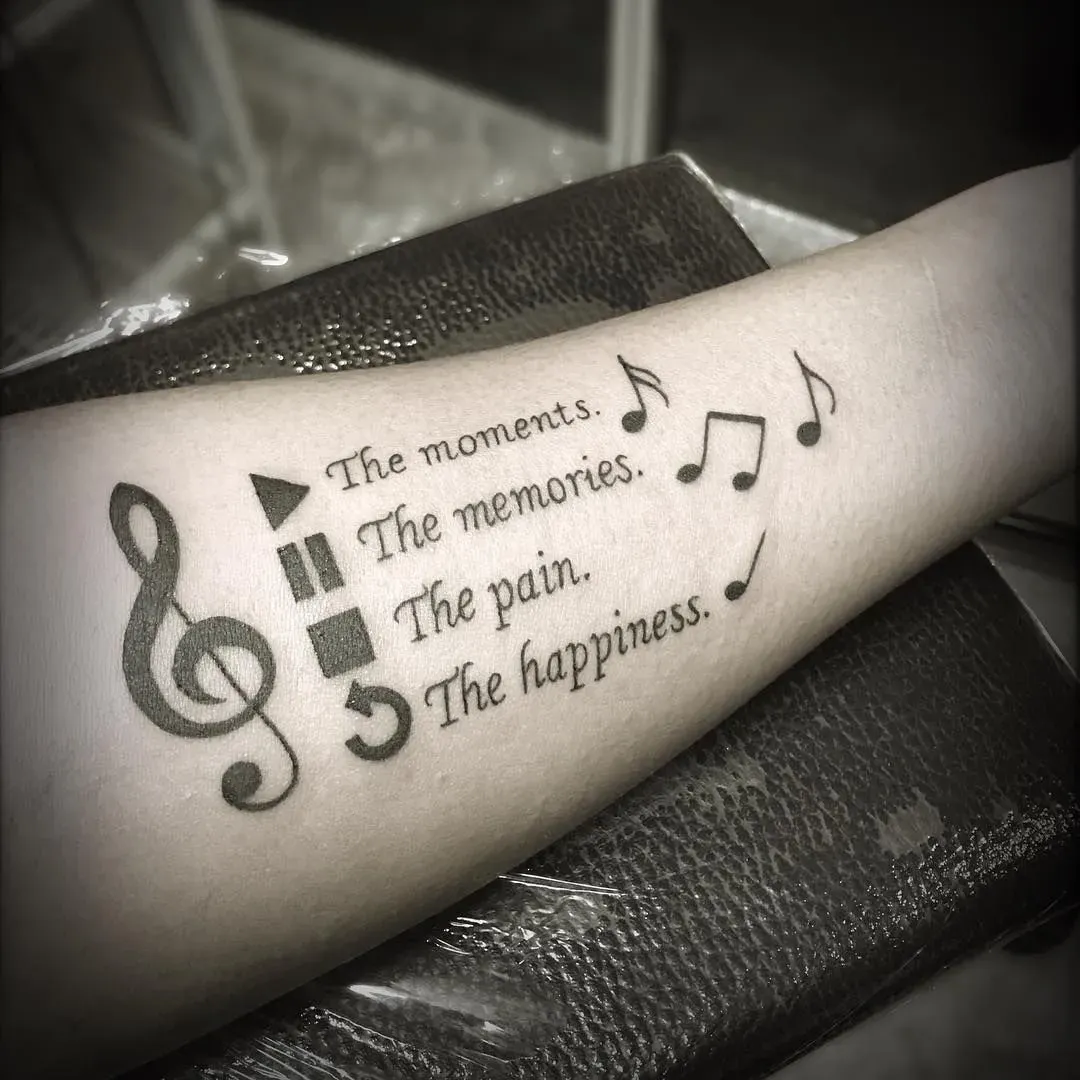
It's More Than Just Noise: Music as Personal Identity
Look, nobody gets a tattoo of a chart-topping pop song they heard last week. Usually. The music that inspires ink runs deeper. It's the album that got you through high school, the band whose lyrics felt like they were written just for you, or the genre that defines your tribe. These sounds aren't just background noise; they're woven into the fabric of who you are. Getting music tattoo designs is a way to wear that identity on your sleeve, or ankle, or chest. It's a public declaration of a private passion, a visual representation of your internal soundtrack.
Think about it. A classical music enthusiast might get a complex stave of notes, while a punk rocker might opt for a gritty band logo. Someone who found solace in blues might choose a wailing saxophone. Each design tells a story about the person wearing it, a shorthand for their history, their struggles, and their triumphs. It's a badge of honor for the melodies that shaped their soul.
Marking the Milestones: Soundtrack of Your Life
Life happens, and music is often playing in the background, or sometimes, right in the foreground. First dates, road trips, overcoming tough times, celebrating victories – there's usually a song attached. Music tattoo designs can serve as permanent anchors for these significant life events. Maybe it's the date and title of the first concert you ever saw, or a lyric from the song played at your wedding. These aren't just random notes; they are timestamps and emotional markers.
I know a guy who has a small, simple silhouette of a specific guitar on his wrist. Turns out, it's the exact model he played when he wrote his first song after a major breakup. It’s not about the guitar itself, but what it represents: hitting rock bottom and finding a way back up through music. That kind of meaning sticks with you, literally. It's a constant reminder of where you've been and the power of music to heal or uplift.
- Commemorating a specific concert or festival.
- Honoring a favorite musician or composer.
- Symbolizing overcoming challenges through music.
- Remembering a loved one with their favorite song lyric.
- Celebrating a personal achievement tied to music.
The Raw Emotion: Tattoos as a Feeling
Sometimes, it's not about a specific band or song, but the feeling music evokes. That surge of energy from a heavy bassline, the melancholic beauty of a violin solo, the raw power of a gospel choir. Music taps directly into our emotions in a way few other things can. For some, getting music tattoo designs is about capturing that abstract feeling, that pure passion for the art form itself, rather than just one piece of it. It's the rhythm in your soul, the melody in your heart, made visible.
This is where designs can get really creative – abstract representations of sound waves, vibrant colors that mirror synesthesia experiences, or symbols that represent concepts like harmony, rhythm, or crescendo. It's less about naming the source and more about expressing the impact. It's a visual echo of an auditory experience, a way to carry that emotional resonance with you always. Why ink your soundtrack? Because it's a part of you that deserves to be seen.
Picking Your Perfect Note: Popular Music Tattoo Designs Explained
Picking Your Perfect Note: Popular Music Tattoo Designs Explained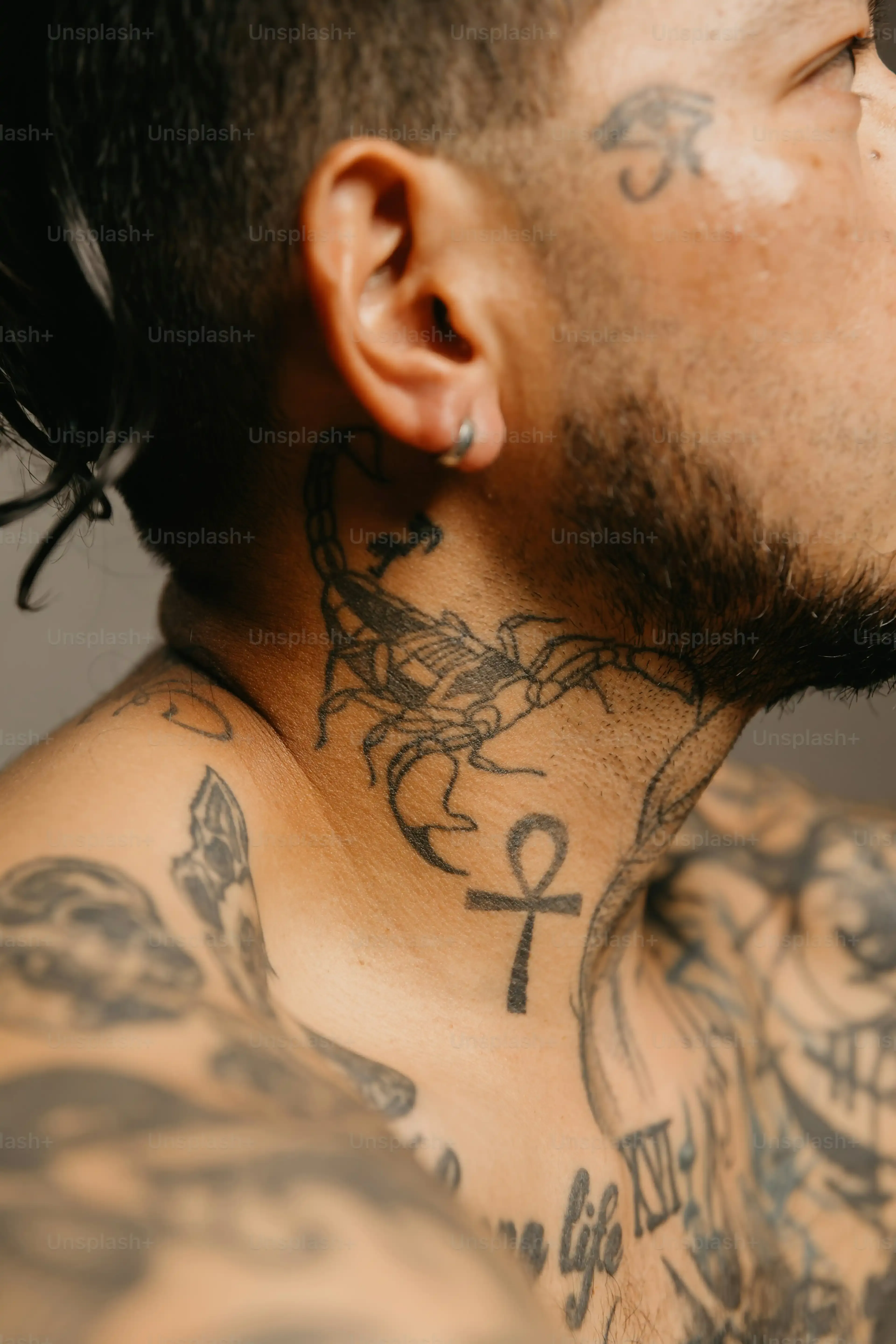
Beyond the Eighth Note: Common Musical Symbols
Alright, so you've decided you want some ink to represent your love for tunes. But what exactly do you get? The most obvious place to start is with musical symbols. We're talking treble clefs, bass clefs, notes (whole, half, quarter, you name it), rests, and maybe even a sharp or flat. These are classic music tattoo designs for a reason – they're instantly recognizable and directly tied to the language of music. A simple treble clef behind the ear, a line of notes marching across a forearm, or a full bar of music from a favorite piece can be powerful in their simplicity.
But don't just pick a random symbol. Think about what it means to you. Does the treble clef represent your singing voice or your love for melodic instruments? Does a specific sequence of notes hold a particular significance, perhaps the first few notes of a song you learned on an instrument? These symbols are the alphabet of music, and combining them can create a phrase that's deeply personal. It's like getting a word tattooed, but in a much cooler, less obvious language.
Words to Live By (and Get Tattooed): Lyrics and Quotes
Sometimes the notes aren't enough. It's the words that hit you right in the gut. Lyrics from songs have always been popular music tattoo designs. A line that perfectly encapsulates a feeling, a moment, or a philosophy can be incredibly potent ink. Think "Let It Be" if you're feeling philosophical, or a killer line from a punk anthem if you're feeling rebellious. The key here is picking lyrics that won't make you cringe in five years. Top 40 hits from your teen years? Probably skip those unless there's a truly deep, non-ironic connection.
Beyond song lyrics, quotes from musicians, composers, or even about music itself make for compelling tattoos. Something Mozart said about creativity, a witty remark from Dolly Parton, or a profound thought from a jazz legend. These quotes offer a different angle, focusing on the artistry, the struggle, or the joy of making and experiencing music. Font choice is huge here, by the way. A delicate script for a classical quote, bold block letters for a rock lyric – it all changes the vibe.
- Simple Musical Symbols (Clefs, Notes, Rests)
- Specific Song Lyrics
- Quotes from Musicians/Composers
- Album Art or Band Logos
- Portraits of Favorite Artists
- Sound Waves of a Specific Song or Voice
- Musical Instruments (Guitars, Pianos, Violins, Microphones)
- Abstract Representations of Sound or Rhythm
Instrumental Ink and Abstract Beats: More Creative Ideas
For many musicians or serious fans, their instrument is an extension of themselves. Getting a tattoo of a guitar, piano, drums, or even a less common instrument like a sitar or theremin, is a direct nod to their craft or passion. These can range from hyper-realistic portraits of a specific instrument to stylized, minimalist outlines. Combining an instrument with other elements, like flowers, geometric shapes, or even a landscape, can add layers of meaning and visual interest to these types of music tattoo designs. It's a classic choice, but there's plenty of room for originality.
Then there are the more abstract routes. Sound waves, for instance, are a popular way to represent a specific piece of audio – a favorite song, a loved one's voice saying "I love you," or even the sound of a heartbeat. These are visually interesting and hold incredibly personal meaning. Other abstract ideas include using color to represent musical moods, geometric patterns based on rhythm or harmony, or symbolic imagery that evokes the feeling of music without directly showing notes or instruments. These designs require a bit more explanation sometimes, but they can be truly unique and powerful.
Where to Place Your Melody: Body Art Considerations for Music Tattoo Designs
Where to Place Your Melody: Body Art Considerations for Music Tattoo Designs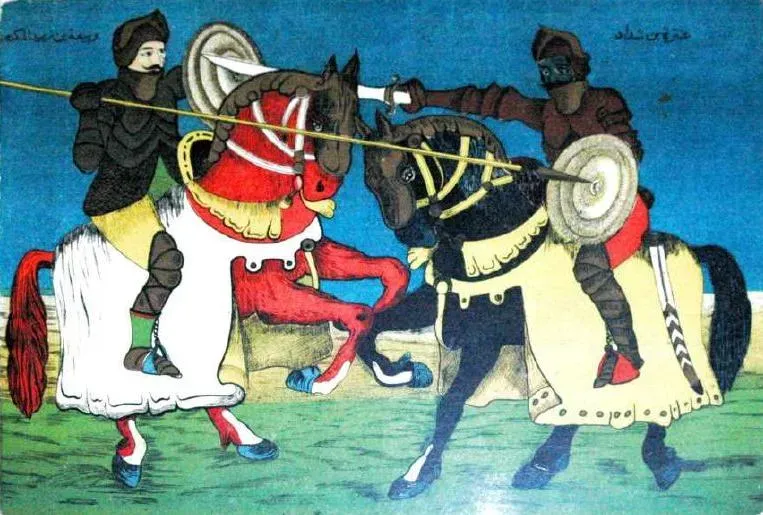
Visible or Hidden Harmony? Picking Your Spot
you've got the perfect music tattoo designs brewing in your head. Now, where does it go? This isn't like sticking a band poster on your bedroom wall; it's permanent. One of the first things to chew on is how visible you want this ink to be. Do you want your love for Wagner on full display every day? Or is your emo band lyric more of a personal secret, tucked away? Think about your job, your lifestyle, and honestly, how much you want to explain your ink at family gatherings.
Highly visible spots like forearms, hands, necks, or faces are bold choices. They scream "Here I am, and here's my musical passion!" Less visible spots like ribs, thighs, upper arms (easily covered by a t-shirt), or the back offer more privacy. They allow you to enjoy your music tattoo designs on your own terms, revealing them only when you choose. There’s no right or wrong answer here, just what feels right for you and your comfort level.
High Visibility Spots | Lower Visibility Spots |
|---|---|
Forearm | Upper Arm |
Hand/Fingers | Thigh |
Neck | Ribs/Side |
Calf | Back (Upper or Lower) |
Size Matters: Matching Design to Canvas
The size and complexity of your chosen music tattoo designs play a massive role in where you can realistically put them. A tiny treble clef might look great behind your ear or on your finger. A full-blown portrait of your favorite jazz musician surrounded by smoky club vibes? That needs real estate. Trying to cram something too detailed into a small, awkward space is a recipe for a blurry mess down the line. Good artists will tell you this straight up.
Larger, flatter areas like the back, chest, or thigh are ideal canvases for intricate scenes, detailed portraits, or lengthy lyric passages. Smaller, more confined areas like wrists, ankles, or behind the ear are better suited for minimalist symbols, single notes, or short, impactful words. Also, consider how the design will flow with the natural lines of your body. A stave of music wrapping around your arm looks deliberate; a random note plonked in the middle of your elbow ditch might just look...random. Don't forget pain tolerance either; some spots sing louder with discomfort than others.
Beyond the Stencil: Finding a Master for Your Music Tattoo Art
Beyond the Stencil: Finding a Master for Your Music Tattoo Art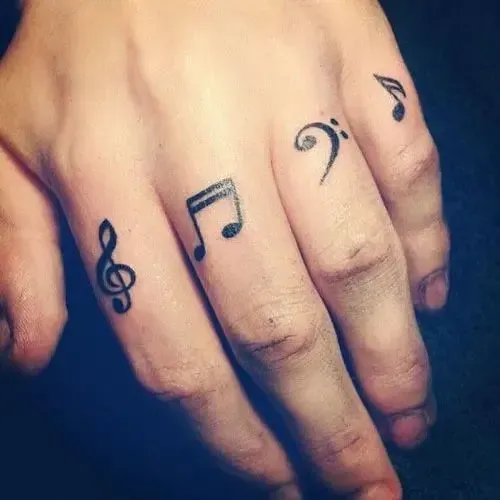
Beyond the Stencil: Finding a Master for Your Music Tattoo Art
So, you've got your perfect concept for music tattoo designs locked down. Awesome. But a killer idea is only half the battle. The person wielding the needle makes all the difference between a piece you love forever and one you regret faster than a bad cover song. Finding the right tattoo artist, especially one who gets the nuances of musical imagery or the specific style you're after, is crucial. Don't just walk into the cheapest shop on the block. Do your homework. Look at portfolios, specifically for line work if you're doing notes, script if you're doing lyrics, or realism if you want an instrument or portrait. An artist who excels at bold traditional might struggle with the delicate details of a violin scroll. Ask questions, check reviews, and don't be afraid to shop around until you find someone whose work makes you think, "Yeah, they can bring my soundtrack to life."
Keeping Your Rhythm Fresh: Caring for Your Music Tattoo
Keeping Your Rhythm Fresh: Caring for Your Music Tattoo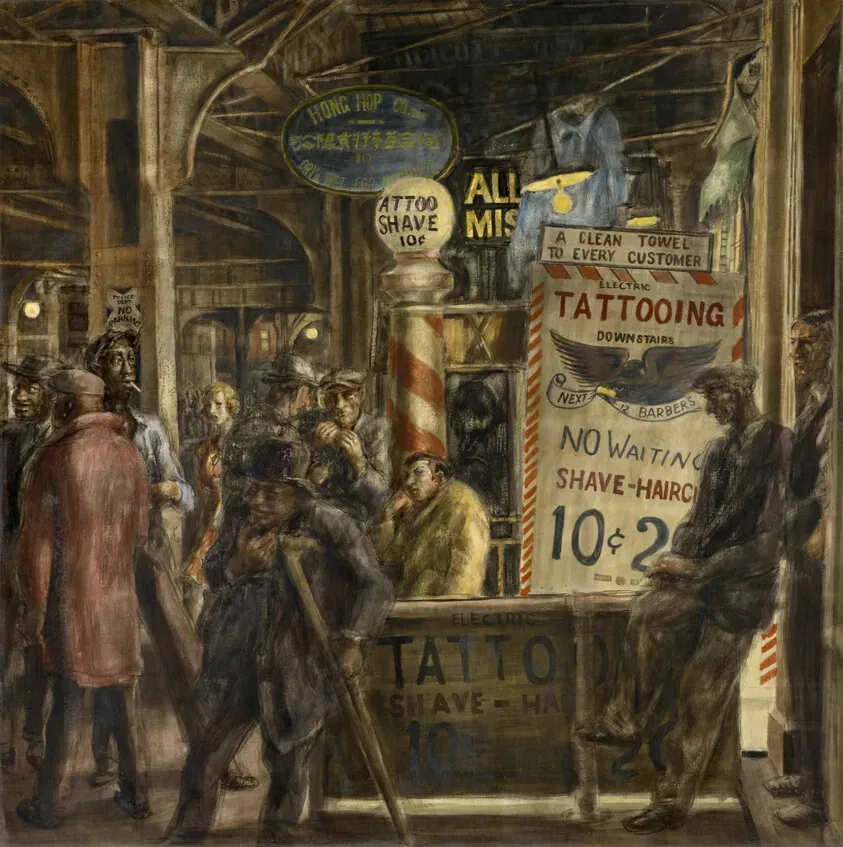
The First Act: Immediate Aftercare is Key
you survived the needle and you're walking out the door with your brand new music tattoo designs. The artist wrapped it up, gave you some instructions, and now it's on you. Listen closely to what they said – seriously. That initial healing phase is critical. Usually, you'll keep the bandage on for a few hours, maybe overnight depending on the artist's method. Once it's off, gentle cleaning is your new jam. Use lukewarm water and a mild, unscented soap. No scrubbing, just soft washing to get rid of plasma and excess ink. Pat it dry gently with a clean paper towel, not a cloth towel that can harbor bacteria. Then, a thin layer of recommended ointment or lotion. "Thin" is the keyword here. You want it moisturized, not smothered like a baked potato. Repeat this cleaning and moisturizing routine a couple of times a day. It's going to be sore, it's going to peel, and it's going to itch like crazy. Do not pick or scratch it. Just don't. That ruins the ink and could lead to infection.
Long Play: Keeping Your Ink Vibrant for Years
Once the initial healing is done – typically a couple of weeks – your music tattoo designs are mostly settled into your skin. But the work isn't over if you want it to look sharp for the long haul. Sun is the enemy of tattoos, period. UV rays break down the ink pigments, fading your design faster than a cheap band tee in the wash. Always use a high SPF sunscreen on your tattoo whenever it's exposed. This isn't optional; it's essential maintenance. Keeping your skin generally healthy and hydrated helps too. Drink water, use lotion regularly even after it's healed, and avoid harsh chemicals or excessive friction on the area. Think of it like preserving a valuable record; you wouldn't leave it out in the sun or handle it roughly. Treat your ink with the same respect, and it'll stay looking like a masterpiece, not a faded bootleg.
- Always use high SPF sunscreen on healed tattoos when exposed to sun.
- Keep skin hydrated with unscented lotion.
- Avoid soaking the tattoo in baths or pools for extended periods.
- Don't pick or scratch scabs during healing.
- Follow your tattoo artist's specific aftercare instructions diligently.
Your Personal Soundtrack, Etched in Ink
So, you've thought about the 'why,' explored some 'what ifs,' and considered the 'where.' Getting a music tattoo design is a personal journey, much like discovering that perfect album or live performance that just hits different. It's a commitment to carrying a piece of that passion with you, visible or not. The ink is permanent, a physical representation of something intangible yet deeply felt. Choose wisely, find an artist who gets your vision, and take care of it. It's more than just a design; it's a part of your story, played out on your skin.